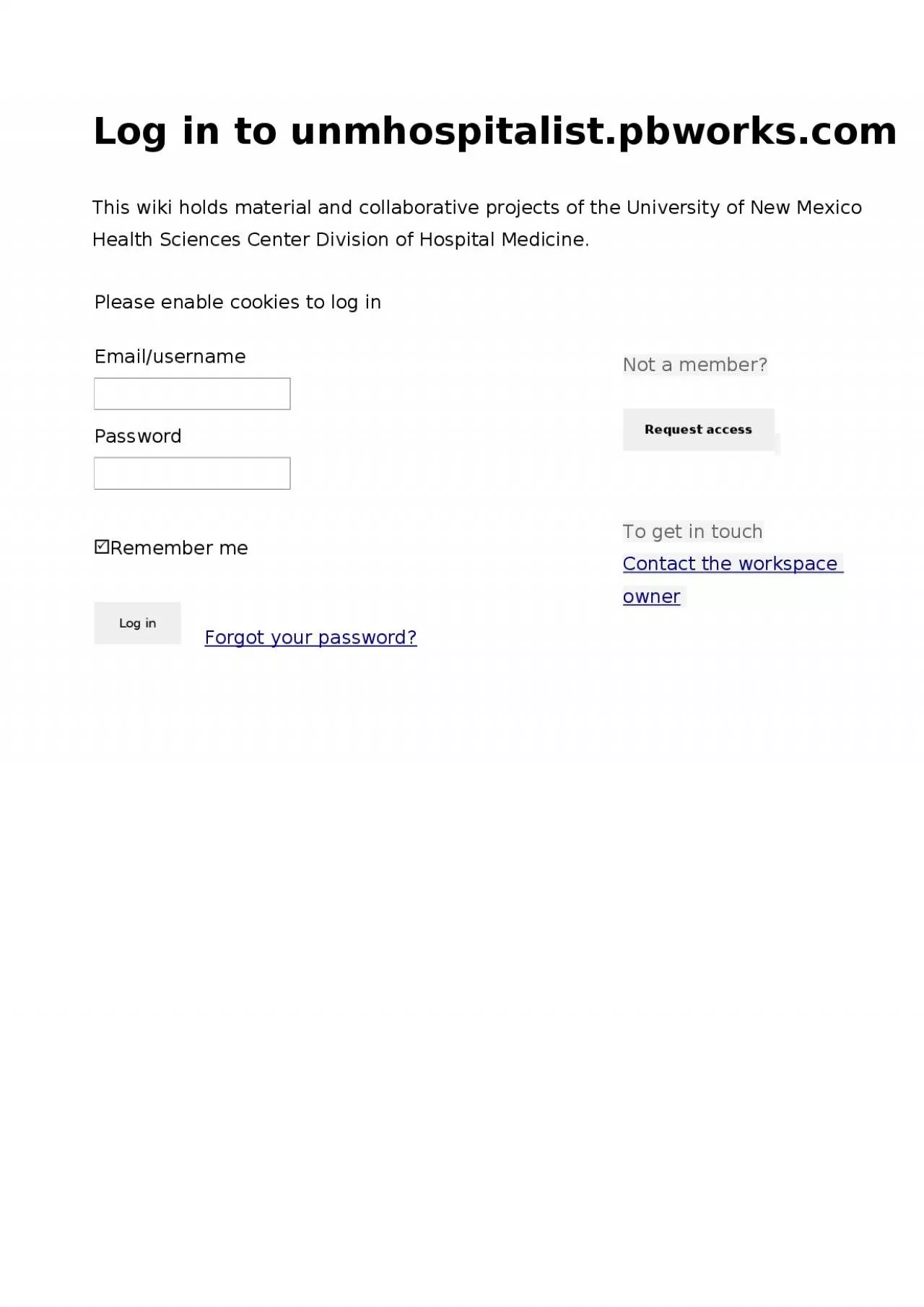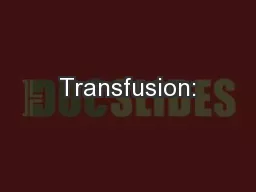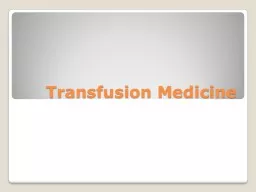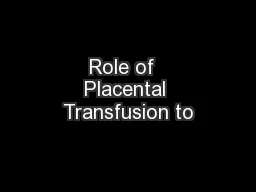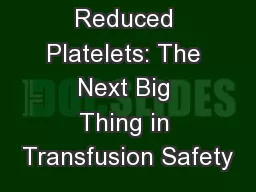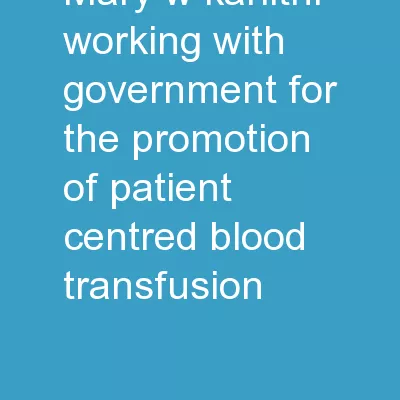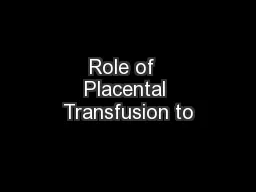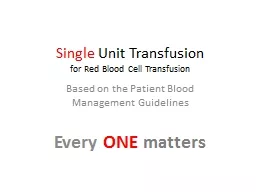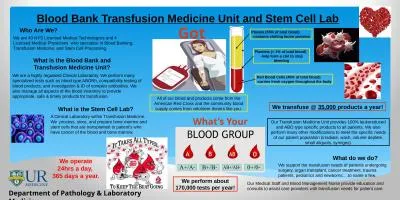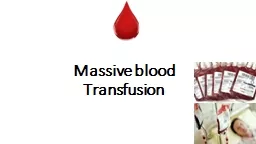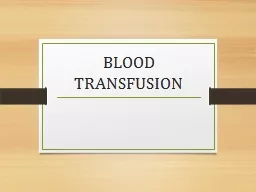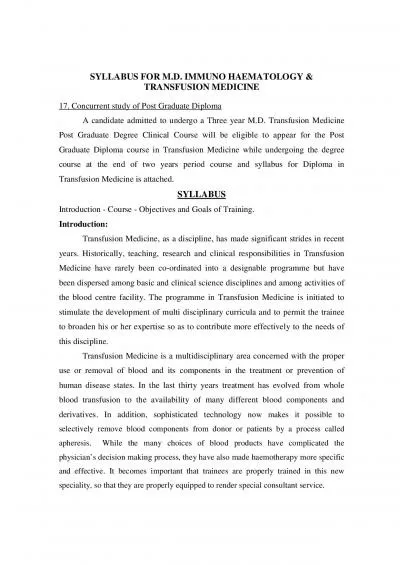PPT-Transfusion Complication
Author : RockinOut | Published Date : 2022-07-27
Risk per UNIT Allergic 3100 Febrile Leuko reduced Units 1100 TACO 1100 TRALI 15000 Sepsis 15000 Acute hemolytic 175000 HBV 1160000 HIV amp HCV 12 million
Presentation Embed Code
Download Presentation
Download Presentation The PPT/PDF document "Transfusion Complication" is the property of its rightful owner. Permission is granted to download and print the materials on this website for personal, non-commercial use only, and to display it on your personal computer provided you do not modify the materials and that you retain all copyright notices contained in the materials. By downloading content from our website, you accept the terms of this agreement.
Transfusion Complication: Transcript
Download Rules Of Document
"Transfusion Complication"The content belongs to its owner. You may download and print it for personal use, without modification, and keep all copyright notices. By downloading, you agree to these terms.
Related Documents

